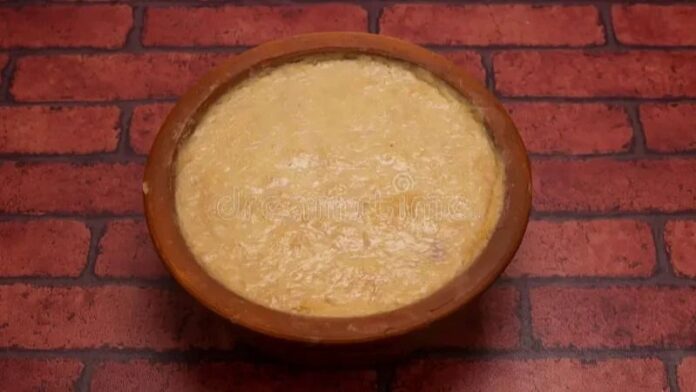While its difficult to completely let go off yoghurt aka dahi in India, its considered one of the most-common staple foods in this south Asian country.
People either have it with sugar or a post-meal dessert, however you”ll find it inclusive of all regional cuisines.
Curd’s regional influence in India
In West Bengal, curd rarely stands alone; it is often incorporated into dishes like “mishti doi,” where thickened milk is blended with caramelized jaggery or sugar before adding the curd. In contrary, northern regions of India like Punjab, curd is a regular meal component, served alongside dry and gravy-based vegetables with chapatis. This regional variation extends to the South, where curd is an essential part of Tamil and Andhra meals, often served with rice in a traditional thali. Curd’s popularity isn’t just a matter of taste; it’s also regarded as a healthier choice when compare to sprinkling your curd wit jaggery.
Meanwhile in north India, veterinarians recommend feeding curd mixed with bread to dogs, highlighting its probiotic benefits. The process of making curd has ancient roots in India, dating back to 500 BC, where recipes describe draining curd in muslin cloth to create a thicker product, similar to the West’s ‘hung curd.’
Interestingly, early Indian texts reference alternative starter cultures for curd, such as ber fruit and palash bark, before the advent of refrigerators. Historical medical literature even suggests that curd’s acidity levels affect health, with references to dishes like “kadha,” akin to modern “kadhi,” which uses sour woodapple and sorrel leaf.
Thus, curd is not merely a food item but a thread that weaves India’s culinary history that is presently being relished in varying forms across India.


